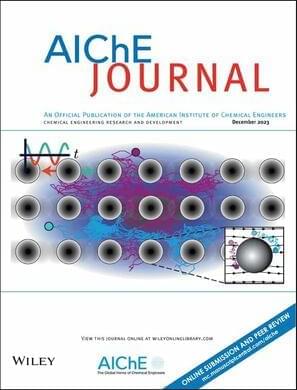Oct 30, 2024
Lab-made muscle: New laser tech grows real human tissues to replace lab rats
Posted by Genevieve Klien in categories: biotech/medical, genetics, robotics/AI
This level of precision could be a game-changer for therapies that require gene expression in one specific tissue, without impacting others.
By providing more control over where and when genes are activated, these AI-designed CREs could potentially be used in a variety of therapeutic applications, from treating genetic diseases to optimizing tissue regeneration.
As this AI-powered approach to designing CREs matures, the possibilities are vast. Beyond basic research, these synthetic DNA switches could be employed in biomanufacturing or to develop advanced treatments for a range of conditions, offering more effective ways to manipulate genes with unprecedented precision.


















